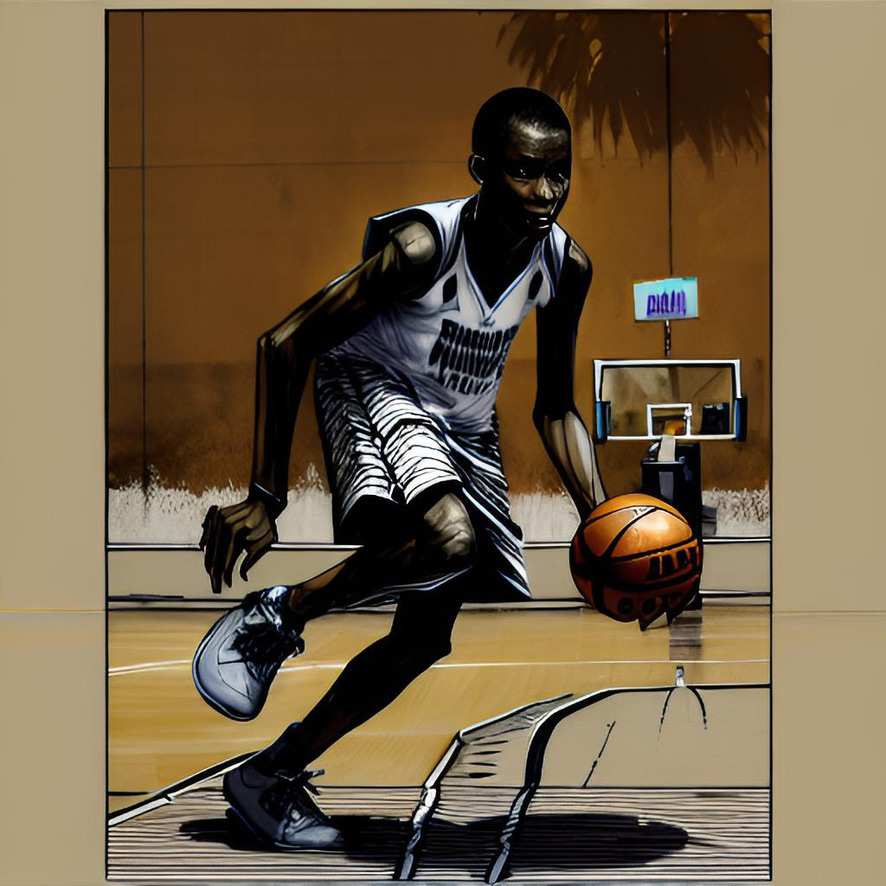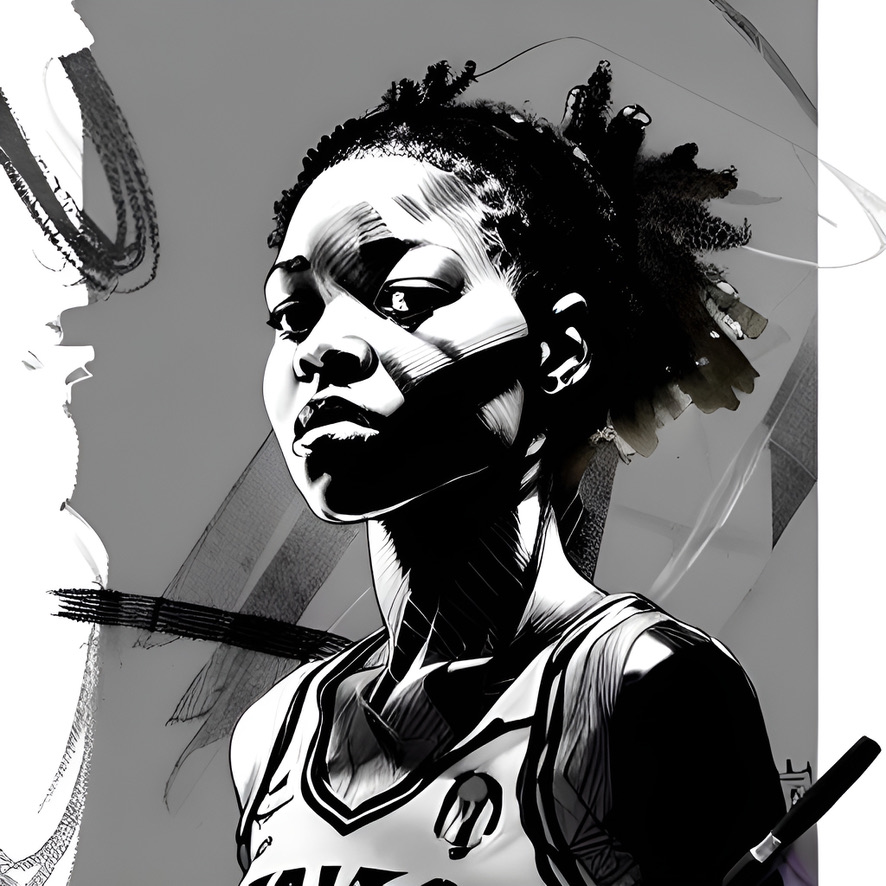A motion offense in basketball is a strategic offensive system that emphasizes constant player movement, passing, and spacing on the court. Unlike structured offenses that rely on specific set plays, a motion offense encourages players to read and react to the defense, making decisions based on their positioning and the movement of their teammates.
In a motion offense, players are not assigned fixed positions or roles; instead, they have the freedom to interchange positions and execute various actions such as cuts, screens, and dribble hand-offs. The primary objective is to create scoring opportunities through continuous motion and ball movement.
Key principles of a motion offense include:
1. Player Movement: Players are constantly on the move, cutting to the basket, setting screens, and relocating to create passing lanes and open scoring opportunities.
2. Spacing: Maintaining proper spacing on the court is crucial in a motion offense. Players strategically position themselves to stretch the defense, preventing help defenders from easily disrupting passing lanes or providing double-team coverage.
3. Read and React: Players must have a high basketball IQ and make quick decisions based on the movements of their teammates and the defense. They read the defense to identify open areas on the court and make appropriate cuts or passes.
4. Ball Movement: The ball moves rapidly within a motion offense, with players making quick passes to exploit defensive weaknesses and find open teammates. This constant ball movement makes it challenging for the defense to anticipate and react effectively.
5. Screening: Screens play a significant role in a motion offense. Players set screens to create mismatches, free up teammates for open shots, or create driving lanes to the basket. Effective screening requires good timing, communication, and the ability to read the defense.
6. Continuous Action: A motion offense aims to keep the defense constantly engaged and reacting. It discourages standing around and waiting for plays to develop, instead fostering an active and fluid style of play.
7. Flexibility and Adaptability: A motion offense is adaptable to various game situations and player strengths. It can adjust to exploit specific matchups or take advantage of mismatches on the court.
Coaches often use motion offenses to encourage teamwork, improve player decision-making skills, and create a dynamic and unpredictable offensive style. By promoting constant movement and ball sharing, a motion offense can be highly effective in creating scoring opportunities and breaking down defensive schemes.





